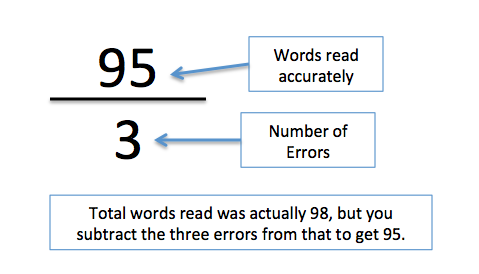

So what am I doing wrong? Any help would be much appreciated. To fix things, I have tried to change the datatype (and text-field length) of specific columns by running SQL code in the SQL window, such as:ĪLTER TABLE “bank_list” ALTER COLUMN “date” DATE unpleasant are data pages and records-levels errors: if there are many errors. They all show up as TEXT/VARACHAR columns of 255 length - as mentioned above). How to view data in corrupted Firebird/InterBase database with FirstAID. However, these above settings do NOT seem to have been respected in the COLUMN datatype settings as used by FIREBIRD. I have set all the columns in the original IMPORTED Calc sheet with the correct TEXT, DATE and CURRENCY formating. See code here.I’m using LO 6.1.5 (latest stable) and have data in a CALC spreadsheet that I have successfully imported (allowing the LO Base interface to add a autoincrement primary key).Īt this stage (after the successful import process), all the columns (except for the PK) are showing as TEXT datatype of 255 characters in length - including a DATE column and two other numeric (currency) columns (which should be formatted at DECIMAL(7,2). The current (2016) UIB code can not handle LockTimeOut at all. (If failed because of the timeout, you may repeat the execution with higher value, while it is wise to inform the user about the frozen UI.) Ģ.) We set at runtime TR.LockTimeOut := 5 //seconds every each time before starting a transaction. We did not want to use simply "tpWait" because it was too risky the APP may hang forever.ġ.) Change transaction Option to "default". TR.Commit helped a bit but did not fully solved. (Inserting sleep(2) between each line, line TR.Start sleep(2). Especially after switched from normal HDDs to SSD.
"Read Commited": andĬaused the same, because of "tpNowait".> gfix -user sysdba -password masterkey c:atabaseample.
You can’t build calculations on top of a table’s Count field. MySQL supports the LIMIT clause to select a limited number of records, while Oracle uses FETCH FIRST n ROWS ONLY and ROWNUM. If there are errors, they will show such as. Note: Not all database systems support the SELECT TOP clause. First, run a gfix against the database to confirm it shows errors (similar to below, but enter your own path and your own user and password for Firebird) gfix -v -full C:\AyaNovaData\AYANOVA.FDB -user SYSDBA -password masterkey. Returning a large number of records can impact performance. COUNT of table SUM of Number of Records per table. The SELECT TOP clause is useful on large tables with thousands of records. In the previous example you can see Addresses (Count), Customers (Count), and LineItems (Count). It is caused by the transaction kind (Option) of TUIBTransaction. Every table includes a count of its records, as a field named TableName (Count), at the level of detail for that table. After we have switched to UIB (from IBX) we had many errors like this too.


 0 kommentar(er)
0 kommentar(er)
